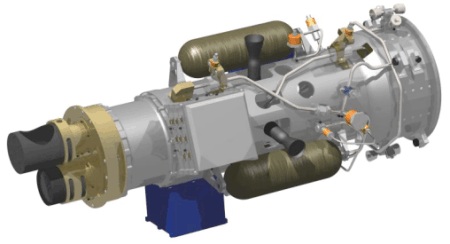Boeing XSS-10
Launched on 30 January 2003 with a Delta 7925-9.5 launcher from Cape Canaveral, the experimental XSS-10A satellite was developed by the U.S. Air Force to evaluate future applications of micro-satellite technologies such as inspection, rendez-vous and docking, repositioning and techniques for close-in proximity maneuvering around orbiting satellites.
 |
| Image: USAF/Boeing |
| XSS-10A |
The 28 kg satellite was initially attached to the second stage of the launch vehicle and, after having been released, performed an inspection of the second stage by maneuvering around it at distances of up to 100 m to test new guidance and control software. The tests lasted only 24 hours. The satellite was placed in a 518 x 805 km orbit with an inclination of 39.8 degrees.
Following the launch of the XSS-10A, the U.S. Air Force has been developing the XSS-11, to take automatic space operations one step further.
Designation Note: Although XSS-10A is the official DOD Mission Design Series (MDS) designation of the satellite, the "XSS" prefix is frequently interpreted as an acronym for "Experimental Spacecraft System" (or "Experimental Satellite System", "Experimental Small Satellite", according to other sources). It is unknown why the design number 10 was re-used in the S-for-Satellite series, after it had been previously assigned in the early 1990s to the now cancelled LS-10A.
Back to Directory of U.S. Military Rockets and Missiles, Appendix 3
Last Updated: 3 October 2005